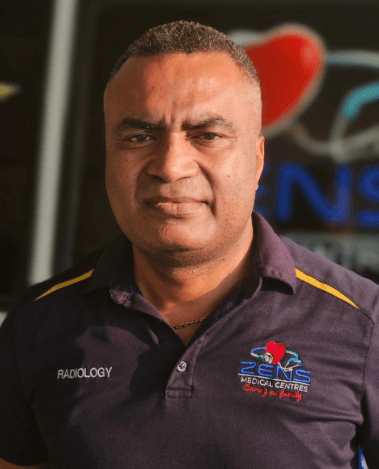At Zens Medical Radiology, we are committed to delivering precision-driven, compassionate diagnostic imaging services that empower physicians and patients to make informed healthcare decisions. Our state-of-the-art facility combines advanced technology with a team of highly skilled radiologists and technicians, ensuring accurate and timely imaging solutions.
We take pride in offering a comprehensive range of services, including X-rays, CT scans, MRI, ultrasound, and specialized imaging procedures, all designed to support your healthcare journey. With a focus on patient comfort and diagnostic excellence, Zens Medical Radiology stands at the forefront of medical imaging care.











